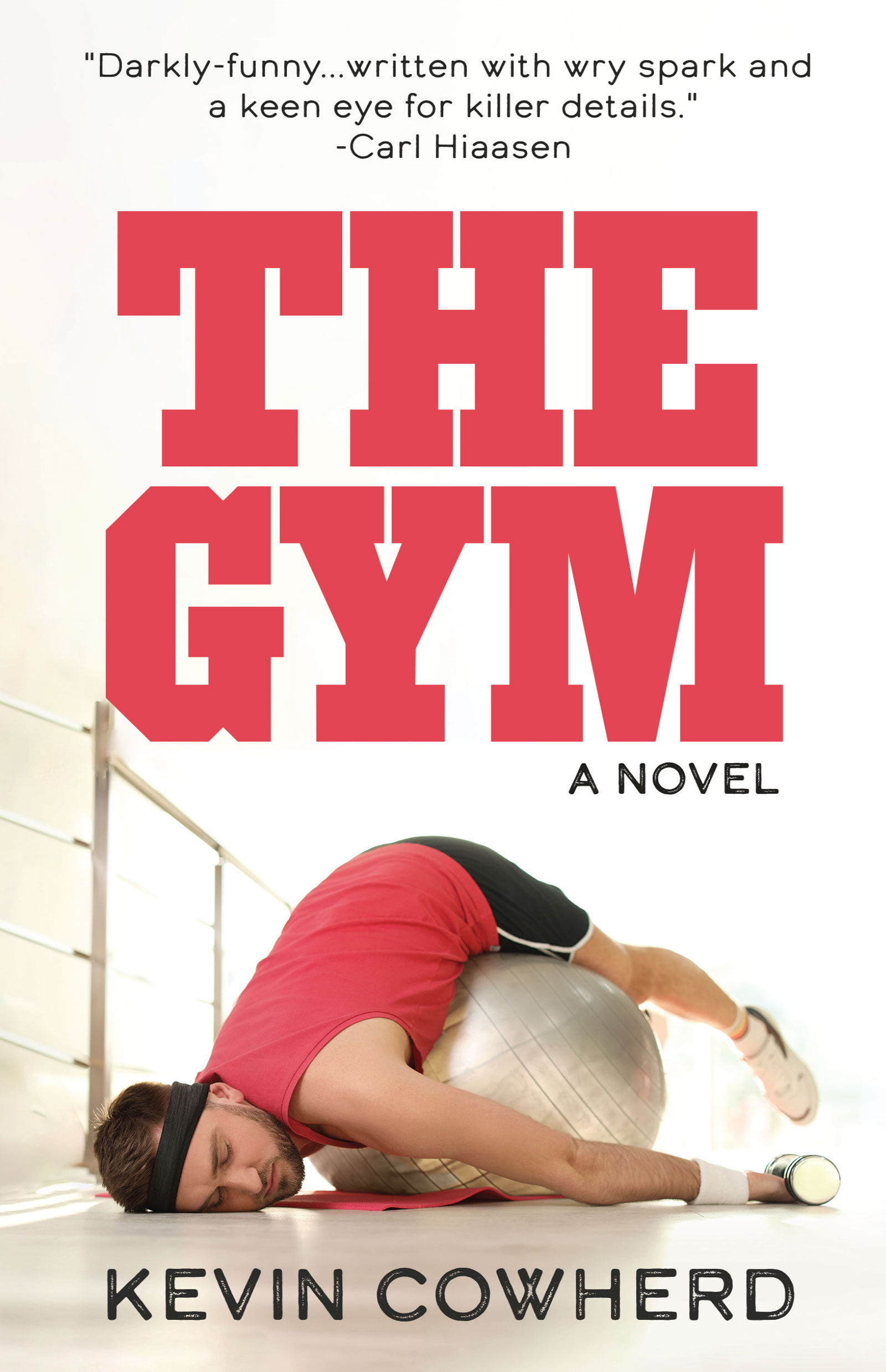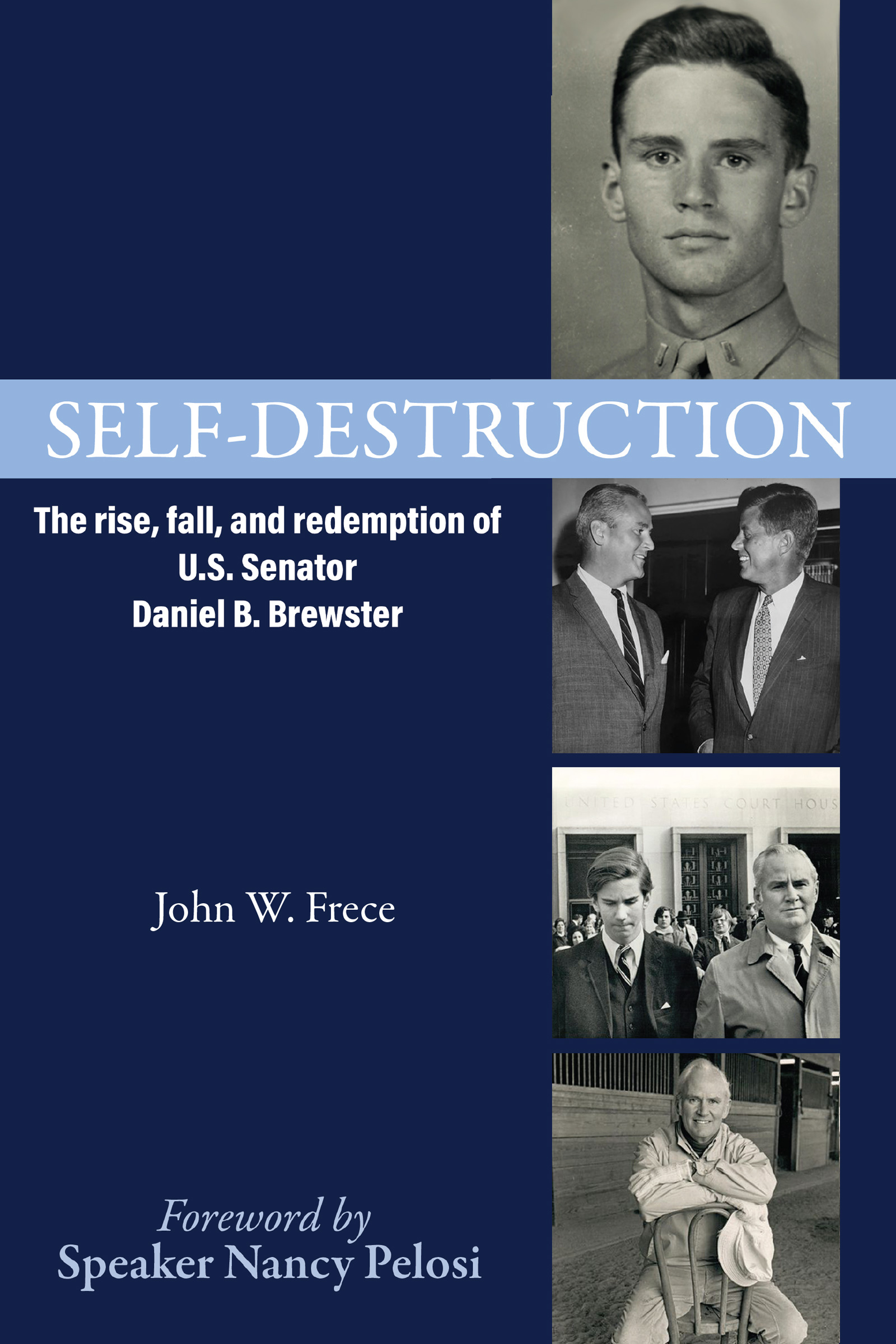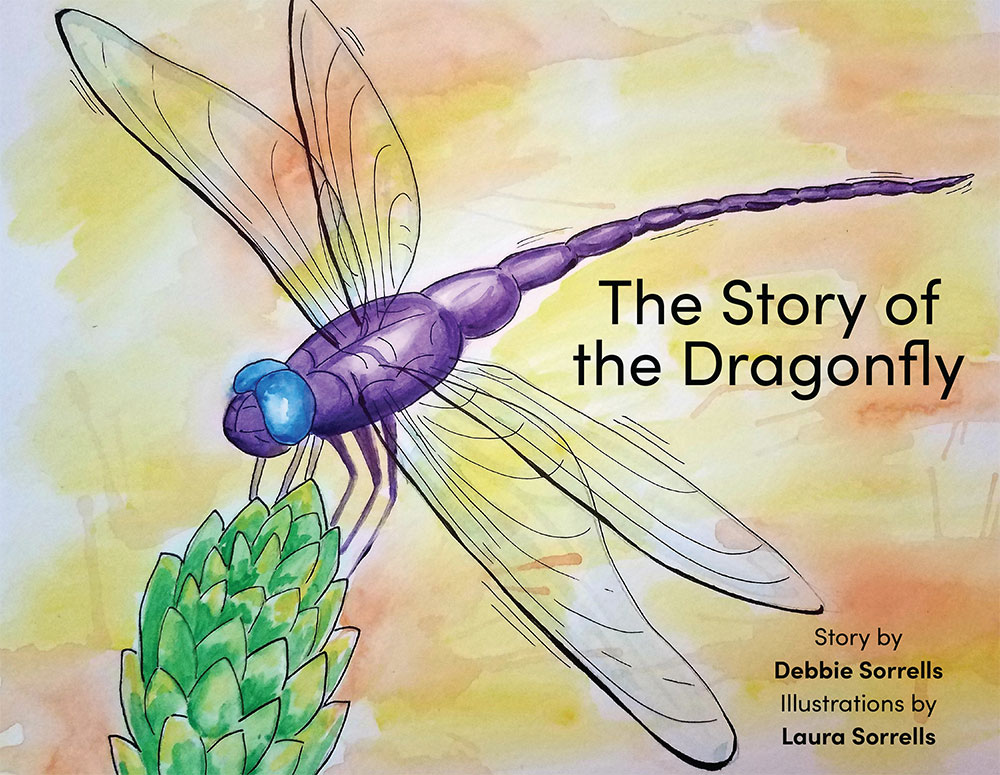Jessica O’Dwyer is a former English and Jazz Dance teacher as well as a former publicist for LACMA, SFMOMA, and the Museum of Contemporary Art in La Jolla. She has previously written a Memoir titled Mamalita about her own experience in adopting her daughter from Guatemala. Mother, Mother is her first novel. She currently lives in Marin County California with her family.
Q: You previously wrote a memoir. What made you switch genres?
A: I actually started as a fiction writer. My first published piece was in my college literary magazine, a short story titled “The Dancer.” Post-college, I segued into nonfiction, supporting myself as a staffer on magazines and as a museum publicist. After adopting our daughter, I began to write personal essays, and, ultimately, a memoir. Returning to fiction with a novel feels like full circle.
Q: How much of Mother Mother is influenced by your memoir, Mamalita?
A: Mother Mother is most influenced by my experience of living adoption 24/7, for nearly two decades. When Mamalita was published, it generated conversations among other adoptive families eager to share their stories. I heard these stories—at book clubs and adoption group meetings, at heritage camps and through emails—and they affected me. I came to understand that some truths could be revealed only through fiction. The result was Mother Mother.
Q: How was the process of writing a fiction piece as opposed to a memoir? Was it easier or was it harder?
A: Writing any book is hard, in my opinion. In absolute terms, writing fiction was harder because I had to create the narrative arc—beginning, middle, end—and the elements of story—characters, setting, desire, conflict, resolution. With memoir, the narrative was given to me. It was real life. With fiction, every scene and character had to be imagined.
Q: Now that you have written a fiction and a nonfiction piece, do you have a preference or do you like them both the same?
A: Writing fiction surprised me because it tapped into my subconscious in ways I hadn’t anticipated. Several scenes came to me very vividly in dreams. Rather than focus on one genre or the other, though, my preference now is writing shorter pieces. I spent seven years on Mother Mother and five on Mamalita. I’m not sure life is long enough for another mega-project!
Q: In your bio, it says that you are an adoptive mother yourself of two children from Guatemala just like your main protagonist, Julie. Why did you choose to adopt from Guatemala in comparison to other countries? What’s so special about Guatemala?
A: We chose Guatemala because children there were cared for by foster families or in small group homes versus orphanages, and conventional wisdom said they’d have an easier time adapting to a permanent family. We knew that whatever country we adopted from would become part of our lives, and Guatemala has. Everything about Guatemala is special. The people, the culture, the history, the language. It’s a beautiful, fascinating country.
Q: Is the adoption process in the book similar to the adoption process today?
A: Adoptions from Guatemala closed on December 31, 2007 and show no signs of reopening. At this moment, it’s impossible to adopt from Guatemala. The story I tell in Mother Mother described how adoption was practiced in the early 2000s.
Q: On your website, it says you’re a vocal proponent for Open International Adoption. What is the main goal of this movement?
A: The main goal of open international adoption is to establish a relationship between a child who is adopted and her birth mother or family. Traditionally, adoptions in the U.S. and internationally were closed, meaning that records were sealed and the identity of a child’s biological mother kept secret. Then psychologists and other experts realized that secrets can be damaging. A healthier model is to acknowledge the deep, primal need of people to know their roots—who they look like, where they came from, who shares their blood. In the U.S. today, most adoptions are open and birth records are unsealed.
I promote the idea of open international adoption because I believe that to be curious is human nature. I see in my children how healing it’s been for them to reunite with their birth mothers. And what a relief it’s been for their mothers to know their children are safe, healthy, and loved. There are challenges for everyone, naturally. But overall, the benefits outweigh those challenges.
Q: Who was the most fun character to develop and why?
A: I loved writing the museum scenes. Over the course of my career, I’ve worked in three different art museums, and writing those scenes brought me back. The most fun characters (plural) to develop were Dr. Conrad, the new director of the museum where Julie works as a curator, and Julie’s co-worker, Eames. Dr. Conrad is a dictatorial snob who manages to be funny and somehow likeable, and Eames is the loyal, witty friend.
Q: Who is your favorite character and why?
A: Good question. I love them all for different reasons. If I must choose, my favorite might be Julie—the “privileged, white adoptive mother.” I’ve read so many novels that use adoption as a theme or framing device where the “privileged, white adoptive mother” feels one-dimensional and stereotyped. She’s either demonized or made into a saint. My goal with Julie was to create someone three-dimensional: human and real, with flaws and gifts.
Q: What was the hardest part about writing this book?
A: Getting the historical part right. One of the story lines centers around the effects of Guatemala’s 36-year armed conflict. To write those sections, I interviewed people who lived through the conflict; read primary source material such as diaries and letters; witnessed testimonials, in person and online; and watched documentary videos. My second protagonist, Rosalba, is the lone survivor of a massacre. To make her voice authentic, I listened to the stories of women in Guatemala, especially women in my children’s families. It was imperative that I represent my Guatemalan characters and their lives with accuracy and respect.
Q: Any advice for aspiring writers?
A: Find good teachers and learn from them. Work hard. Never give up.





